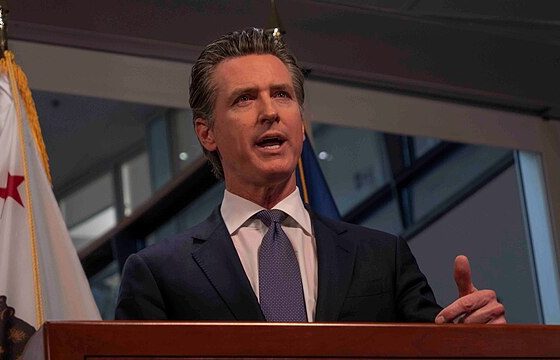The United States has the highest number of people approaching 65 years of age in our history—and the fewest number of doctors to treat them. We neglect to solve this medical mismatch at our own peril.
In towns across the country, there are a few vital staples: a school, a post office, a grocery store, and perhaps most important for our seniors–a doctor’s office. Local physician practices are a cornerstone of community health, and they are in jeopardy at a time when we need them the most.
With a close-to-home care option, seniors are better able to communicate their health concerns as they arise and build long, trusting relationships with their doctors. In turn, this helps doctors provide more personalized care while ensuring that their patients are following care instructions. Since seniors consume more healthcare than any other age group, and over 80% of older Americans report having more than one chronic health condition, having a local physician in their community is crucial.
As our nation ages, unfortunately, so are our doctors. Today, physicians aged 65 or older account for 20% of the clinical physician workforce, while those between age 55 and 64 make up 22% of the clinical physician workforce. As a result, a significant number of physicians will reach retirement age within the next decade, if they haven’t already. Alarmingly, a quarter of doctors in their thirties and forties are considering leaving the bedside for a non-clinical career, mainly due to stress and burnout.
This is problematic because there are not enough doctors to replace those leaving the workforce. As a result, the United States will face a projected shortfall of 37,800 to 124,000 physicians by 2034, according to the Association of American Medical Colleges. Rural communities, in particular, will be shortchanged. Last year, the federal government estimated 65% of rural areas had a shortage of primary care physicians.
Simply put, towns across America may soon be stripped of their local doctors—the backbone of a private, patient-centered healthcare system. To stem this troubling tide, we need federal policymakers to examine the Medicare program closely and implement reforms that support both younger physicians and their aging patients.
Yet, policymakers have done the opposite.
Despite years of increasing costs for medical practices, physicians remain the only type of healthcare provider whose Medicare reimbursements are not adjusted for inflation on an annual basis. Reimbursements to hospitals, surgery centers, and nursing homes are all tied to inflation; but since 2001, physician reimbursement has actually dropped 29% when adjusted for inflation.
Meanwhile, excessive regulations from Washington bureaucrats are forcing the remaining clinicians to do more—fill out more administrative paperwork, delay time off, and spend more nights and weekends on call—with less pay. This unsustainable situation would be a challenge for any small business but is especially difficult for privately owned physician practices, which already face razor-thin margins and widespread burnout.
These challenges leave little incentive for physicians to stay in the workforce, much less expand their scope of services for aging Medicare beneficiaries. Additionally, it’s likely to force small-town practices to sell to large healthcare systems–sharply reducing competition in the market.
Congress must act to fix the broken Medicare system and ensure physicians can continue to deliver high-quality care to patients. Physicians were hit with another devastating pay cut for 2024, which was only partially mitigated by Congress. While this small fix helped blunt the impact of this year’s cut, continued band-aid solutions are not enough to keep aging physicians in the workforce or attract new ones.
Fortunately, a group of bipartisan physician legislators in the House have introduced the Strengthening Medicare for Patients and Providers Act (HR 2474), which would ensure that physicians receive annual inflationary payment updates, just as other types of providers receive under the Medicare system. If passed, this legislation would help stabilize our healthcare system. By ensuring practices can stay above water as costs and demand for care rise, this important Medicare reform will help ensure that seniors can receive adequate care from local physicians for many years to come.
With an increasing number of patients and a decreasing number of doctors to treat them, our healthcare system has reached a tipping point. Without action, our nation’s seniors will continue to see their healthcare options dwindle as physicians leave the profession. To bolster privately owned practices, boost the physician workforce, and ensure patients can maintain control over their healthcare, we must hold our lawmakers accountable to reform Medicare physician payment.












